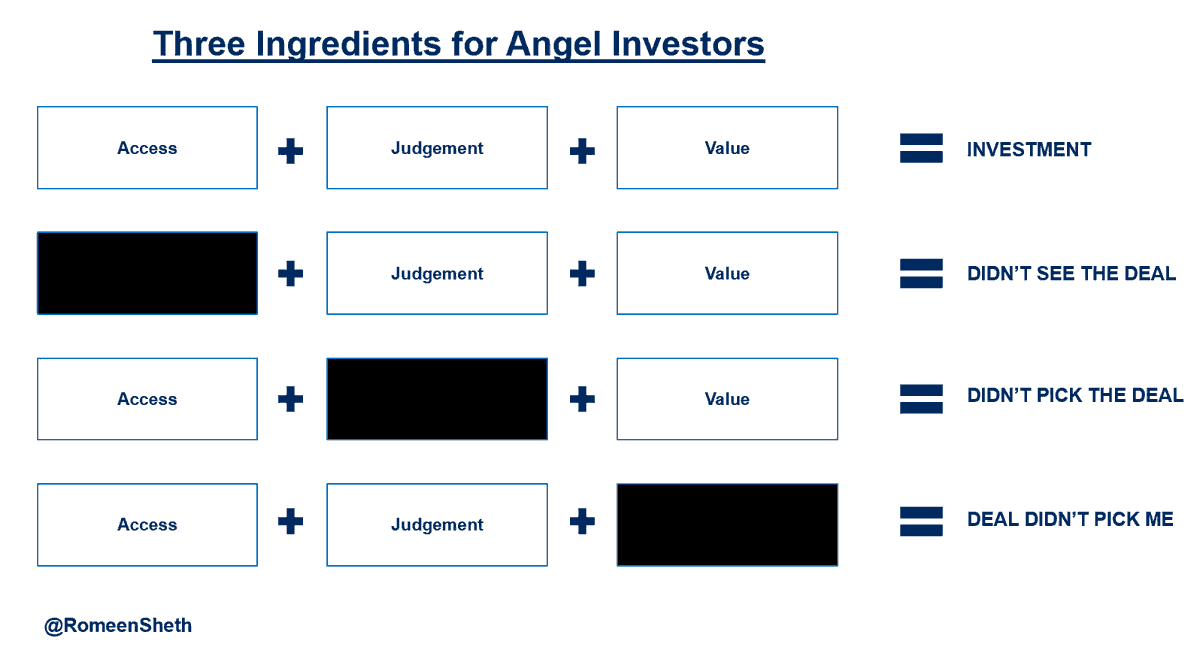
0/ There’s a multibillion dollar startup waiting to be built in religion.
Large Market: 6B+ users w/ lifetime stickiness
Highly Fragmented: 1M+ communities
Low NPS: Terrible product experience
Let’s talk if you’re building in this space.
If not, here's a free idea. [THREAD]
Large Market: 6B+ users w/ lifetime stickiness
Highly Fragmented: 1M+ communities
Low NPS: Terrible product experience
Let’s talk if you’re building in this space.
If not, here's a free idea. [THREAD]
1/ First, let’s level set. Most articles you read today talk about how less and less millennials adhere to religion.
What these articles miss is how large the existing base already is. Religion contributes $1.2T+ to the US economy.
That’s a ~top 15 global economy on its own.
What these articles miss is how large the existing base already is. Religion contributes $1.2T+ to the US economy.
That’s a ~top 15 global economy on its own.
2/ So how does this break down globally? The top 4 religions alone constitute ~6B individuals.
Christianity - 2.3B
Islam - 1.8B
Hinduism - 1.1B
Buddhism - 500M
Even "smaller" religions like Shinto and Sikhism have 100M and 30M followers respectively.
Christianity - 2.3B
Islam - 1.8B
Hinduism - 1.1B
Buddhism - 500M
Even "smaller" religions like Shinto and Sikhism have 100M and 30M followers respectively.
3/ One company has quietly attacked the space and figured this out. @MinistryBrands is a PE rollup of 32 church related software companies.
Last public reporting said they did $100M in EBITDA in 2017.
Yes, you read that correctly.
One. Hundred. Million. In. Pure. Profit.
Last public reporting said they did $100M in EBITDA in 2017.
Yes, you read that correctly.
One. Hundred. Million. In. Pure. Profit.
4/ Let’s look at a handful of their companies. Not exactly the most inspiring brand names....
1. "SimpleChurch CRM"
2. "ChurchStreaming.TV"
3. "BuildaChurchWebsite"
4. "eGiving.com"
The products are BASIC solutions that help religious communities come online.
1. "SimpleChurch CRM"
2. "ChurchStreaming.TV"
3. "BuildaChurchWebsite"
4. "eGiving.com"
The products are BASIC solutions that help religious communities come online.
5/ A lot of the 32 brands overlap in functionality (e.g. 50% help with donations).
Now that Ministry Brands has been acquired (for $1.5B!), it’s doing more to consolidate/tie the brands together.
For example, they just launched MinistryID - SSO across all their products.
Now that Ministry Brands has been acquired (for $1.5B!), it’s doing more to consolidate/tie the brands together.
For example, they just launched MinistryID - SSO across all their products.
6/ As they focus all their energy on tying together their brands, it opens a big opportunity to build better product.
So how might you do it? 3 different attack points
Level 1 - “Core to Run the Shop”
Level 2 - “Increase Engagement”
Level 3 - “Accelerate into 21st Century”
So how might you do it? 3 different attack points
Level 1 - “Core to Run the Shop”
Level 2 - “Increase Engagement”
Level 3 - “Accelerate into 21st Century”
7/ Level 1 - Core to Run the Shop
There’s a lot of low hanging fruit in helping institutions come online - e.g. no code tools, website templates, event scheduling, etc.
Existing software is old, janky and can't integrate.
Easy opportunity to build 10x product here.
There’s a lot of low hanging fruit in helping institutions come online - e.g. no code tools, website templates, event scheduling, etc.
Existing software is old, janky and can't integrate.
Easy opportunity to build 10x product here.
8/ Level 2 - Increase Engagement
I found @Tarteel_io the other day. Perfect encapsulation of tech reimagining a use case broadly applicable in Islam - improving recitation of religious text.
Old = 1x/week sunday school
New = everybody gets an AI teacher in their pocket.
I found @Tarteel_io the other day. Perfect encapsulation of tech reimagining a use case broadly applicable in Islam - improving recitation of religious text.
Old = 1x/week sunday school
New = everybody gets an AI teacher in their pocket.
9/ Level 3 - Accelerate into 21st Century
I recently invested in @DashworksAI - they’re helping companies improve knowledge management.
Someone should build this for religious institutions - capture data inputs and surface them more elegantly/intelligently.
Huge value add.
I recently invested in @DashworksAI - they’re helping companies improve knowledge management.
Someone should build this for religious institutions - capture data inputs and surface them more elegantly/intelligently.
Huge value add.
10/ There’s a ton of opportunity to build in this space, but it’s also easy to get sloppy. If you go too broad initially, you dilute impact.
Remember: niches are for riches.
Who’s building the next Ministry Brands or disrupting it?
Let’s talk.
Remember: niches are for riches.
Who’s building the next Ministry Brands or disrupting it?
Let’s talk.
• • •
Missing some Tweet in this thread? You can try to
force a refresh





